Discovery of Oligosaccharide Antigens for Semi-Synthetic Glycoconjugate Vaccine Leads against Streptococcus suis Serotypes 2, 3, 9 and 14*
- PMID: 33852172
- PMCID: PMC8252040
- DOI: 10.1002/anie.202103990
Discovery of Oligosaccharide Antigens for Semi-Synthetic Glycoconjugate Vaccine Leads against Streptococcus suis Serotypes 2, 3, 9 and 14*
Abstract
Streptococcus suis bacteria are one of the most serious health problems for pigs and an emerging zoonotic agent in humans working in the swine industry. S. suis bacteria express capsular polysaccharides (CPS) a major bacterial virulence factor that define the serotypes. Oligosaccharides resembling the CPS of S. suis serotypes 2, 3, 9, and 14 have been synthesized, glycans related to serotypes 2 and 9 were placed on glycan array surfaces to screen blood from infected pigs. Lead antigens for the development of semi-synthetic S. suis serotypes 2 and 9 glycoconjugate veterinary vaccines were identified in this way.
Keywords: carbohydrates; glycans; immunology; oligosaccharides; total synthesis.
© 2021 The Authors. Angewandte Chemie International Edition published by Wiley-VCH GmbH.
Conflict of interest statement
The authors declare no conflict of interest.
Figures

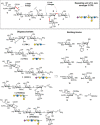


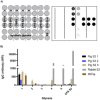

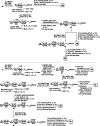
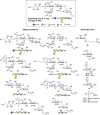



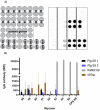


References
Publication types
MeSH terms
Substances
LinkOut - more resources
Full Text Sources
Other Literature Sources
Medical

